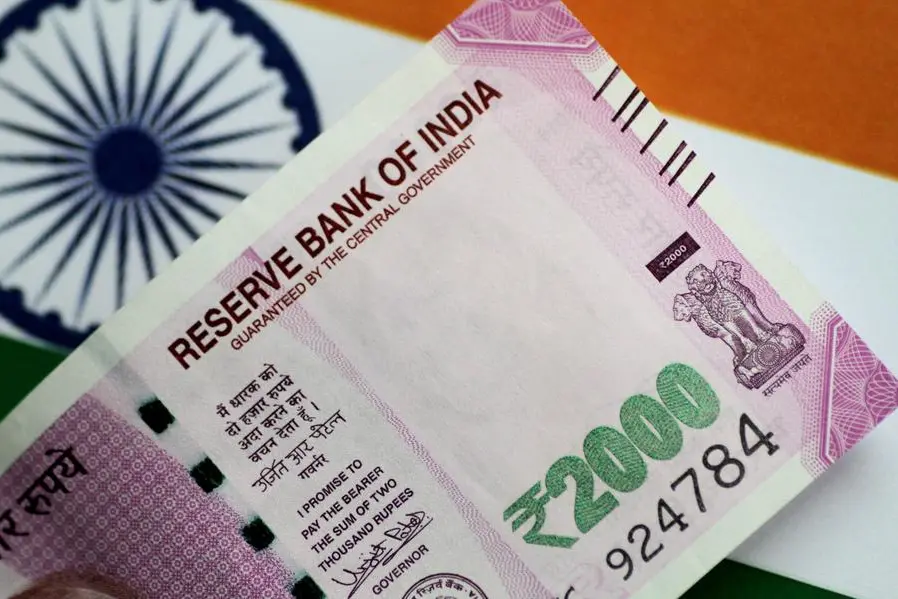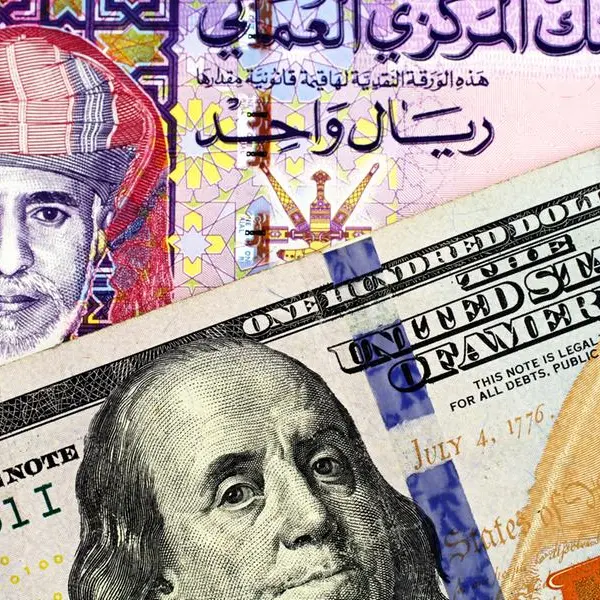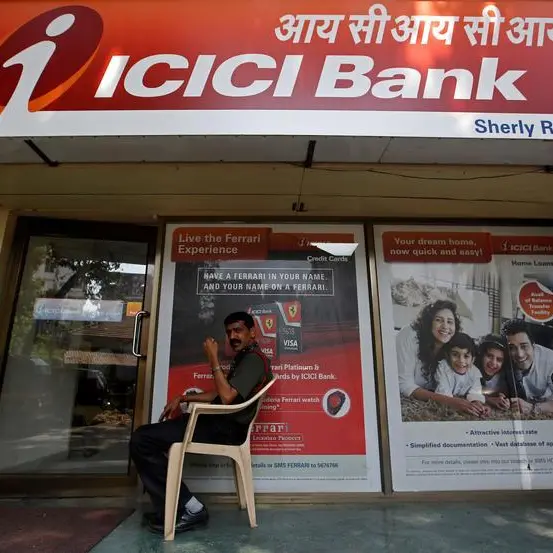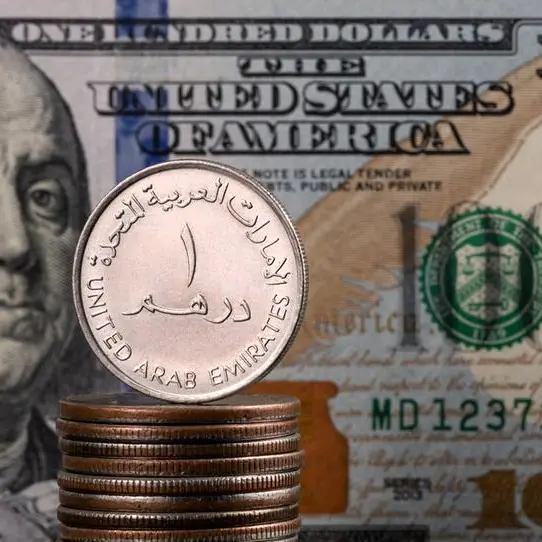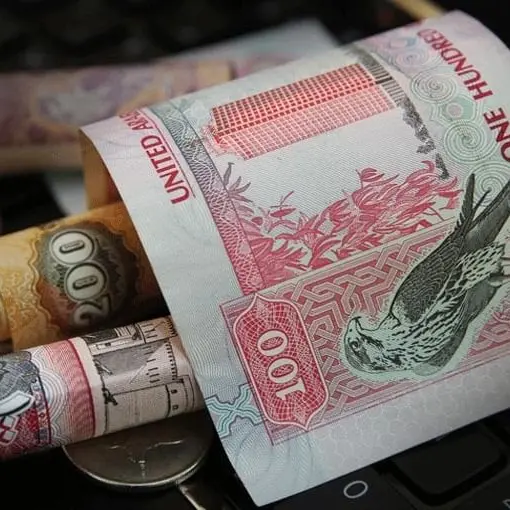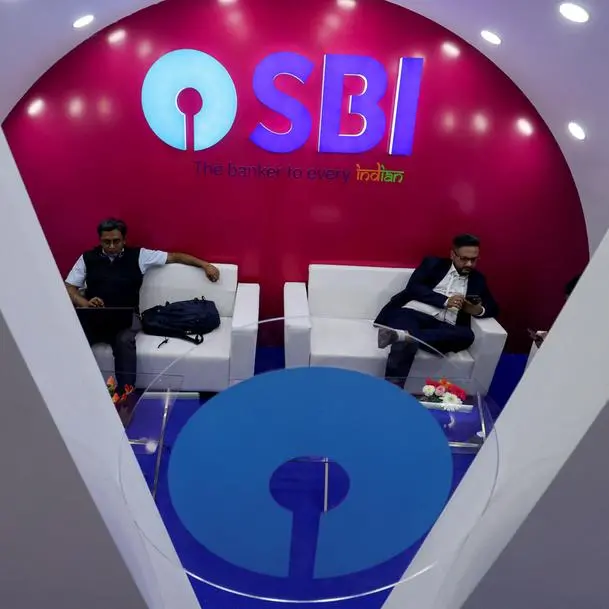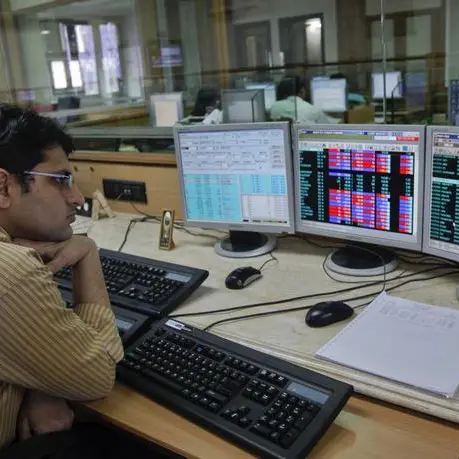PHOTO
MUMBAI - Indian government bond yields jumped for the second consecutive year as the Reserve Bank of India (RBI) went on an aggressive rate hike cycle in 2022, with the benchmark bond yield posting its biggest annual rise in 13 years.
The benchmark 10-year yield ended at 7.3277%, rising by 87 basis points (bps) in 2022. This is the biggest calendar year rise for the 10-year yield since 2009. The 10-year bond yield had risen 56 bps in 2021.
However, the yield eased seven bps for the October-December quarter, its second consecutive quarterly dip.
"In 2023, the sentiment will largely be dependent on the RBI's rate hike cycle, which may be coming to an end. I believe that the 10-year should be in a range of 7.00%-7.50% in 2023," said Bhaskar Panda, HDFC Bank's executive vice president of overseas treasury.
"In the latter part of 2023, when the RBI shifts towards a pause in rates, we could see a move towards 7%."
Bond yields began the year displaying a rising trend as the government announced an elevated borrowing programme for 2022-2023, which was marred by worries over demand.
In April this year, the RBI launched a liquidity-absorbing tool called Standing Deposit Facility at 25 bps below the repo rate.
The tool effectively replaced the reverse repo rate, which was pegged at 65 bps, narrowing the policy corridor and was termed an "effective 40 bps hike."
However, major pressure began to build since May, when the RBI shocked the markets by announcing an unscheduled rate hike of 40 bps.
The RBI hiked rates for the next four consecutive policy meetings between June and December, taking the aggregate increase to 225 bps in its fight against inflation. The repo rate now stands at 6.25%.
Investor appetite also worsened as U.S. Treasuries saw continued selloff, while oil prices skyrocketed after Russia invaded Ukraine in February.
The benchmark Brent crude contract rose to near $140 per barrel in March, but has eased since then and is at $83.20 per barrel, up by 7% in 2022.
U.S. yields constantly saw upward pressure, as the Federal Reserve raised interest rates by 425 bps in 2022 to 4.25%-4.50%, its steepest hike since 1985, according to Reuters data, sending the 10-year yield into an upward spiral.
The 10-year yield was at 3.85%, up by 235 bps in 2022, the biggest annual rise ever.
Banking system liquidity turning into deficit also weighed on investor sentiment. The liquidity surplus at the start of 2022 was around seven trillion rupees ($84.60 billion) to eight trillion rupees.
But the pick-up in credit growth and the RBI's aggressive dollar sales saw a bulk of the surplus moving out.
STABLE OUTLOOK
Even as the benchmark bond yield saw sharp upswings in 2021 and 2022, market participants expect 2023 to be a relatively stable year.
The RBI is now near its peak rate, and will likely stop hiking after another round in February. The 6.50% level is seen as the terminal repo rate by a majority of the market participants.
"Yields should trade in a narrow range for most of the year, unless the supply calendar surprises very shockingly," said Vijay Sharma, senior executive vice president at PNB Gilts.
Market participants said the next key trigger will be the union budget, the primary driver for bond yields for the first half of the year.
India is likely to table its annual budget on Feb. 1, with gross borrowing currently pegged in the range of 14 trillion rupees to 15 trillion rupees.
($1 = 82.7400 Indian rupees)
(Reporting by Dharamraj Dhutia; Editing by Janane Venkatraman)
